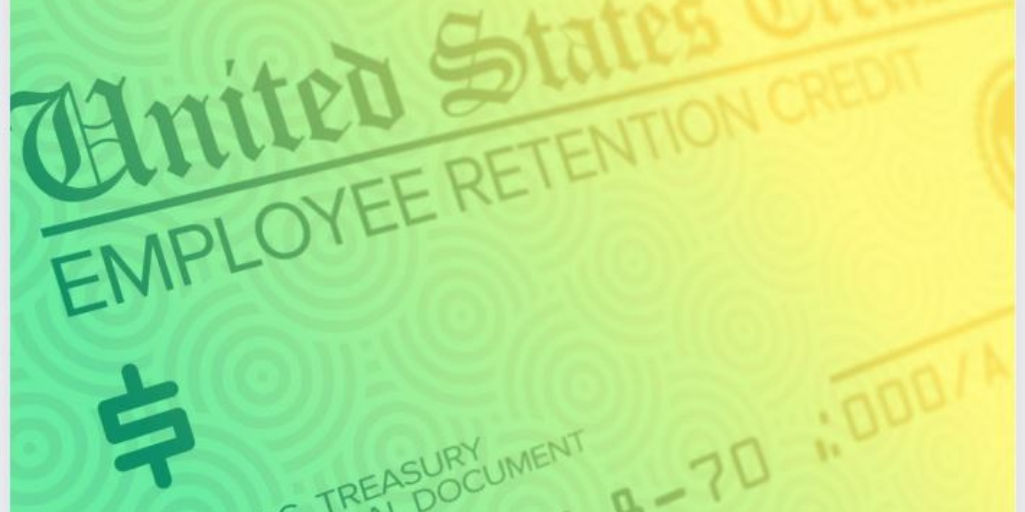Don’t Leave Employee Retention Credit Relief on the Table

The Employee Retention Credit (ERC), which was introduced in March 2020 as part of the Coronavirus Aid, Relief, and Economic Security (CARES) Act to help employers maintain payroll and retain employees, has been among the most popular and beneficial relief programs for business during the COVID-19 pandemic.
Since its release, the ERC program has been modified to help more businesses, including an extension under the American Rescue Plan Act (ARPA) of 2021 to cover eligible wages paid through December 31, 2021. Other changes included allowing employers that had received a Paycheck Protection Program loan to claim the credit.
Then the Infrastructure Investment and Jobs Act (IIJA), which President Biden approved in November 2021, ended the ERC early, making wages paid after September 30, 2021, ineligible for the credit, except for wages paid by an eligible recovery startup business. The good news is businesses can still file for and claim the ERC on amended tax returns through 2024.
But despite the expansions and changes, many businesses eligible for the credit haven’t filed for it. It’s likely the pandemic impacted your business on some level. Don’t assume your business isn’t eligible.
Many businesses that didn’t think they qualified later discovered they did, and even with the program ending early, there’s still time to file for and claim the ERC.
What is the Employee Retention Credit?
The ERC allows businesses to claim a refundable credit for qualified employee wages and related expenses if there was a significant disruption to business because of the pandemic.
A “safe harbor” test also allows employers to look back a quarter. For example, if fourth quarter 2020 revenue was down 20% compared to the fourth quarter of 2019, a business may be eligible for the first quarter of 2021, regardless of the first quarter test outcome.
Determining ERC Eligibility
Employers must have experienced one of or more of the following to qualify for ERC relief:
- A full or partial suspension of operations because of COVID-19-related government orders
- A 50% or more reduction in gross receipts for any quarter after March 13, 2020, but before January 1, 2021, compared to the same quarter in 2019.
- A 20% or more reduction in gross receipts for any quarter after December 31, 2020, but before October 1, 2021, compared to the same quarter in 2019.
- Launched a recovery startup business after February 15, 2020, with average annual gross receipts of $1 million or less.
Eligibility for 2020 includes businesses with 100 or fewer full-time equivalent employees in 2019, in which all wages qualify whether the business was open or (partially) closed because of governmental orders. Businesses with more than 100 employees are only eligible to file for wages paid to employees when they weren’t providing services because of the pandemic.
For 2021, the full-time equivalent threshold increased to 500 employees in 2019.
How is the Employee Retention Credit Calculated?
The ERC is calculated as such:
- For 2020 wages: 50% of the first $10,000 of eligible employee wages up to $5,000 per employee for the year.
- For 2021 wages: 70% of the first $10,000 of eligible employee wages per quarter up to $21,000 per employee for the year.
What Now?
Keep in mind, the ERC is a complex tax credit that requires interpretation. Reach out to the Friedman + Huey team so we can help you:
- Determine if your business is eligible for the ERC and/or file an amended return.
- Understand which paid wages and expenses are eligible to be included in calculations.
- Assist in calculating the amount of credit your company is eligible to take.
- File amended for your business.
- And much more
But don’t delay. Given the IRS backlog, it’s taking longer to process amended returns, and while eligible businesses have another two years to file claims, the ERC will only remain in place as long as the statute of limitations remains open.
